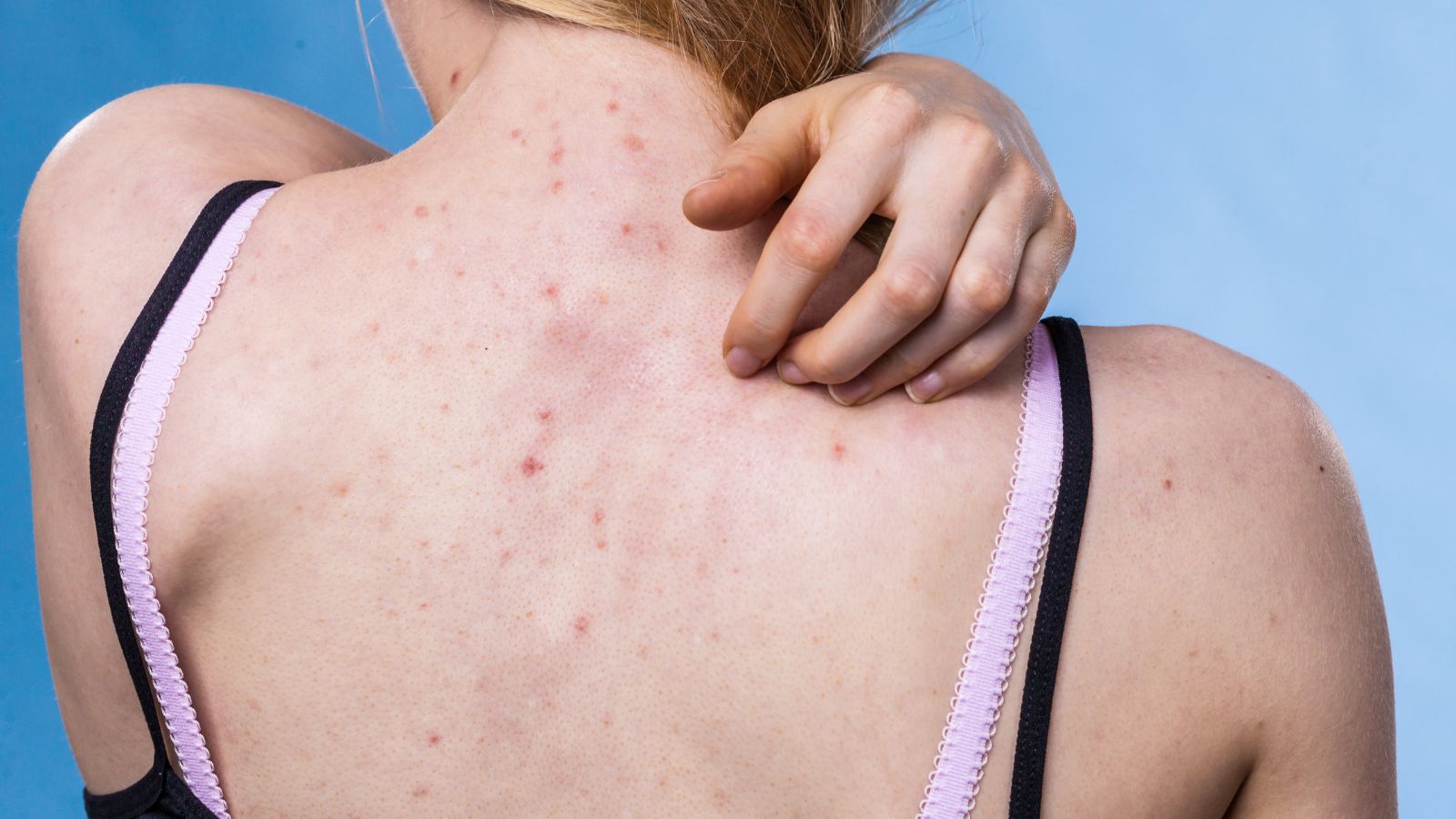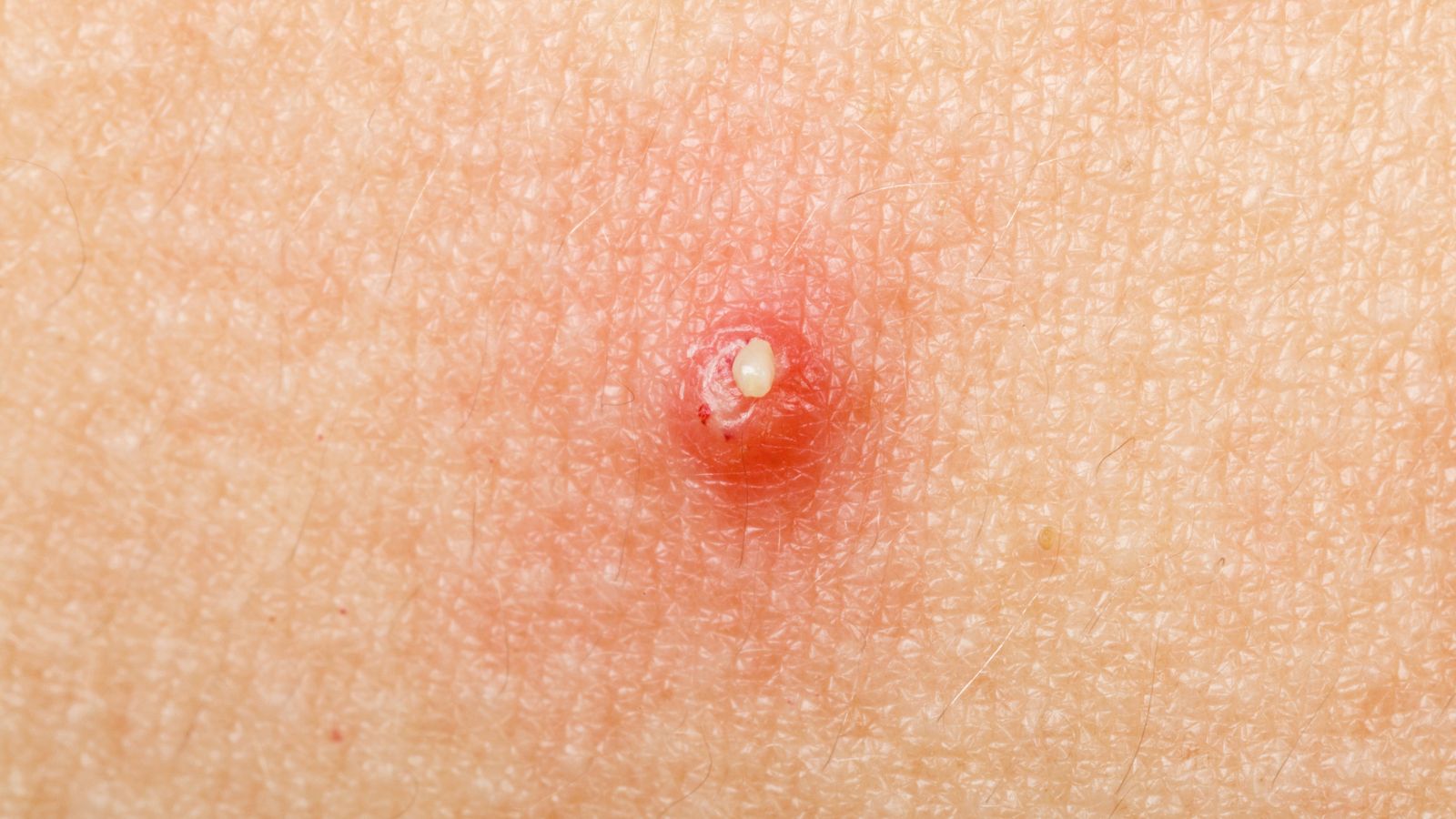Acne scars can feel like a double punishment: first, the battle with acne, and then the lasting reminder. But what if there was a way to erase those reminders? Enter the world of laser treatment for acne scars. This cutting-edge technology is helping countless individuals regain their confidence and enjoy smoother, clearer skin.
The transformative journey from blemished to beautiful skin isn’t just a dream anymore. With this article, we’ll delve into the before and after of laser treatment for acne scars. We’ll explore how lasers work their magic, the types of lasers used, and what to expect during and after the procedure. So, if you’re curious about this innovative solution, stay tuned for a deep dive into the world of laser treatments.
 Laser Treatment for Acne Scars Before and After
Laser Treatment for Acne Scars Before and After
A deeper comprehension of acne scars pivots around recognizing their types and common causes. Grasping these key aspects aids in appreciating the efficiency of laser treatment.
Types of Acne Scars
Acne scars come in various forms, rendering different skin appearances post acne. The primary types include Atrophic Scars and Hypertrophic or Keloid scars. Atrophic Scars, characterized by skin depressions, manifest in three distinct forms: Ice Pick scars (small, deep pits), Boxcar scars (broad, rectangular depressions), and Rolling scars (wavy indentations). Hypertrophic or Keloid Scars, on the other hand, form as raised bumps of scar tissue.
Common Causes of Acne Scars
The occurrence of acne scars primarily results from two interlinked factors: Inflammatory Acne and Delayed or Insufficient Treatment. Inflammatory Acne, involving painful, swollen lesions, leaves marked tissue damage, resulting in visible scars. The examples denote Pustules, Nodules, Papules, and Cysts, with Cysts causing the most severe scarring due to their depth. Delay or absence of treatment exacerbates the severity of scar formation, putting damaged skin at higher risk of permanent scarring.
 What is Laser Treatment for Acne Scars
What is Laser Treatment for Acne Scars
Laser treatment, one of the most popular methods today, offers hope for individuals beleaguered by acne scars. It offers a non-invasive solution, harnessing the power of targeted light energy to rejuvenate the skin’s appearance.
Different Types of Laser Treatments
Delving into the world of laser treatments unveils a spectrum of options, each designed for unique skin conditions. Primarily, there are three types: Ablative, Non-Ablative, and Fractional laser treatments.
- Ablative Lasers, such as Carbon Dioxide (CO2) and Erbium YAG lasers, work by vaporizing the top layers of damaged skin. For instance, CO2 lasers become ideally suited for deeper scars, offering impressive results in scar improvement.
- Non-Ablative Lasers, including the Nd: YAG laser, keep the surface intact, heating the inner layers to stimulate collagen production. This type of laser is useful for treating superficial scars.
- Fractional Lasers break up the laser energy into thousands of tiny beams to treat a fraction of skin in the area, which reduces recovery time. These are optimal for treating a range of scar depths.
 Before the Laser Treatment
Before the Laser Treatment
Embarking on the pathway to laser treatment for acne scars involves a few critical steps taken prior to the procedure. These preliminary actions center around understanding the nature of your skin and acne scars, followed by essential preparations to ensure optimal treatment results.
Assessing your Skin Type and Acne Scars
Before the implementation of laser treatments, one’s skin type and the characteristics of the acne scars come under meticulous examination. Skin assessment typically revolves around factors like skin color, sensitivity, and tendency to scar, influencing the type of laser applied for treatment. For instance, darker skin tones might require a specific laser than lighter skin tones.
As for acne scars, they differ in shape, size, and depth, resulting in variations in terms of laser treatment responses. Two widespread acne scar types include Ice Pick scars and Boxcar scars. Ice Pick scars, narrow and deep, often necessitate ablative lasers, while wider yet shallow Boxcar scars might respond well to fractional lasers.